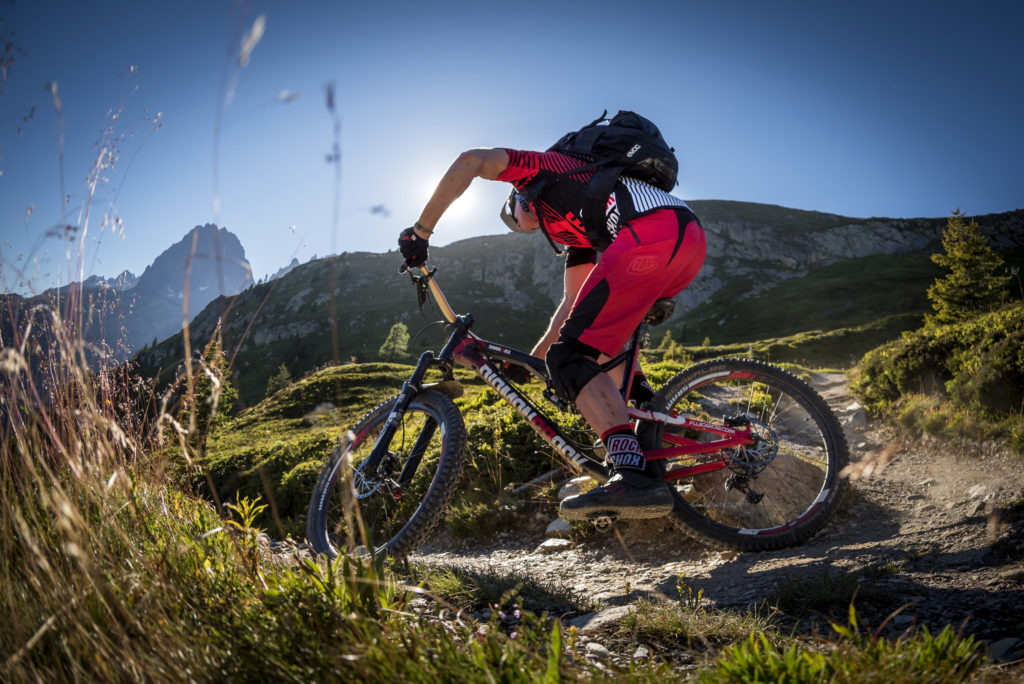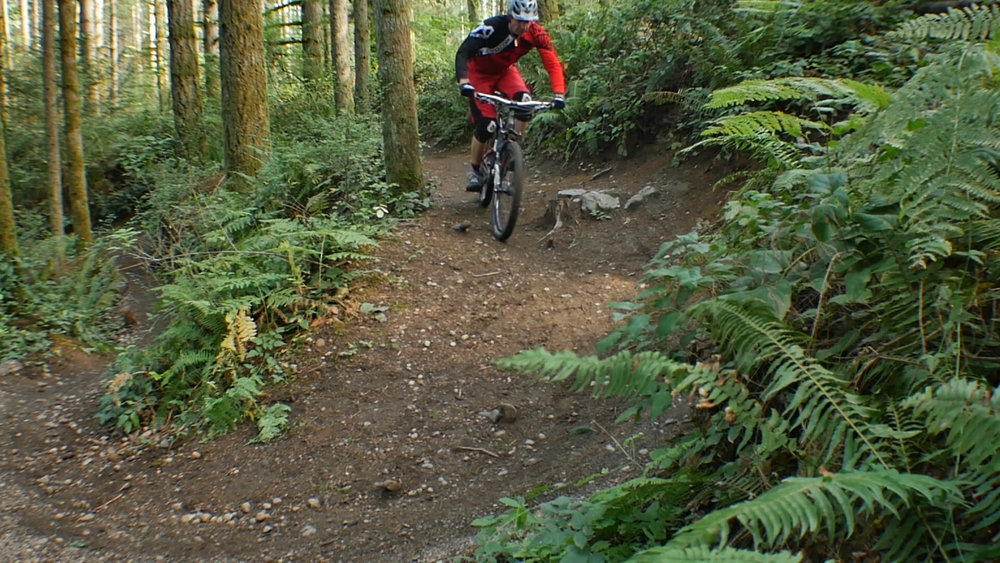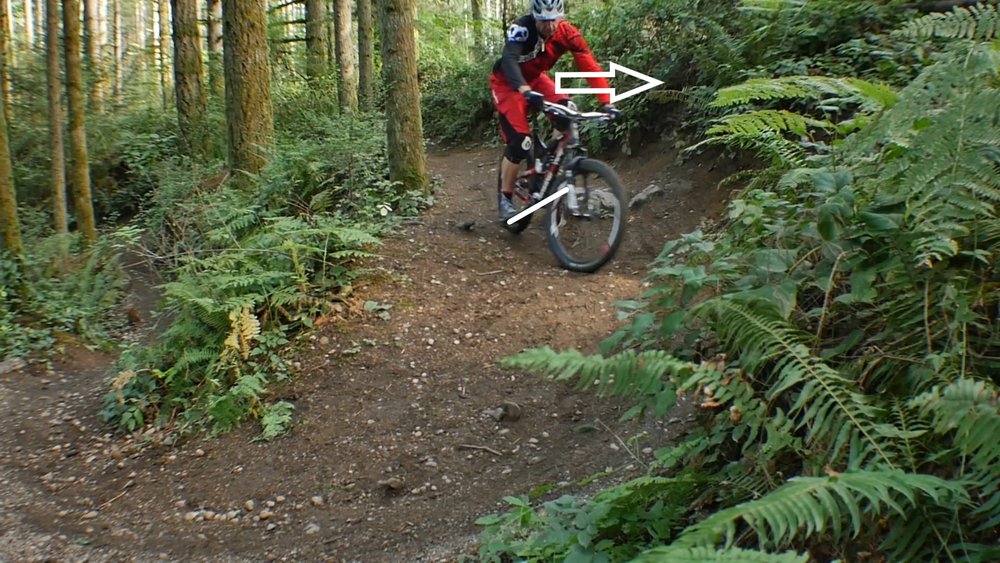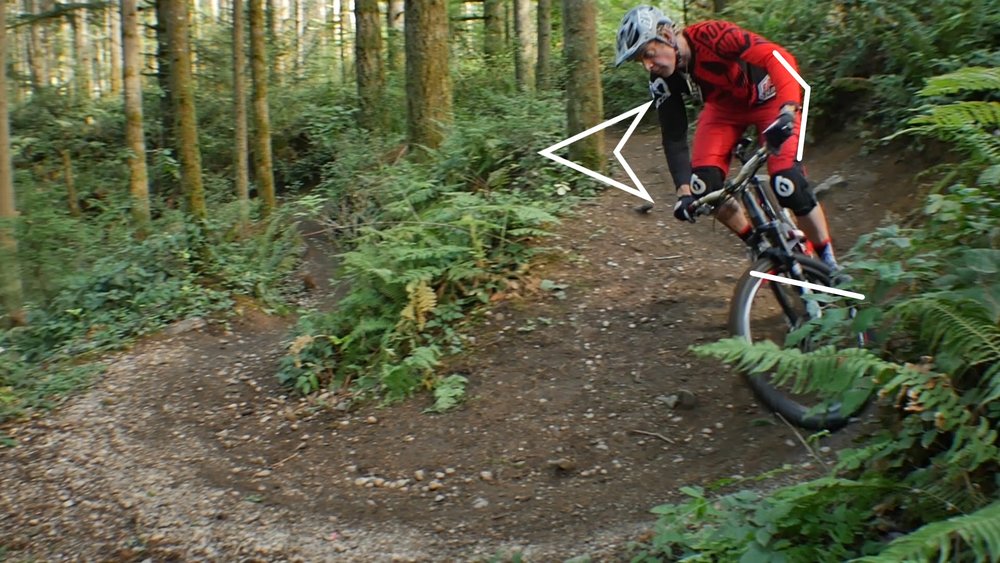Switchbacks And Pre-Turns


Switchbacks! Here is a tip to help maintain flow in tight corners. Pre-turns are also useful during races to pass another rider or to avoid rocks/roots mid-turn. Watch the free video to learn other ways to use a pre-turn.
Pre-turns are my ticket to opening up the trail and riding trails sight unseen with more confidence. Just as in skiing, a turn followed by a turn can feel more comfortable and powerful than a single turn. A pre-turn also allows the rider to change the radius of a turn to make it easier to ride – or to make it straight up rideable in the case of a very tight switchback turn.
Most riders I work with are challenged with finding flow in tight switchback turns. Even once we develop “double footwork” as I call it, some riders still struggle. Let’s dive into one area that can make a big difference in your pre-turns: your hips!
Initiating the Pre-Turn

Riders often comment that their pre-turn doesn’t feel as “seamless.” as mine, or those of other pro riders. One of the finer points is committing not only your footwork but also your hips.
In this first photo you see my back foot is dipping (I’m a left foot forward rider) and my hips are opened toward the uphill side of the trail. This develops a deliberate movement for my bike to move up and away from the apex, giving me more room to make the turn. This also sets me up to make a very quick turn to the right in the actual direction of the trail as my core is wound up and ready to unwind as soon as my left foot moves forward and down.
Following Through

In this photo, I’ve gone from making my pre-turn into my actual turn. Now my outside foot is moving downward and my hips are starting to open toward to the apex (eventually the exit) of the turn. Basically, my body is unwinding from the pre-turn. This also allowed me to create two distinct paths through the switchback with my front wheel finding a nice wide route while my back wheel took a more inside line. (My definition of a switchback turn is a turn that is too tight for the rear wheel to follow the path of the front wheel). Think of a semi making a tight turn in the city – and you will see offset wheel paths in motion!
Ready To See The Pre-Turn In Action?
Happy switchbacks!
-Simon
